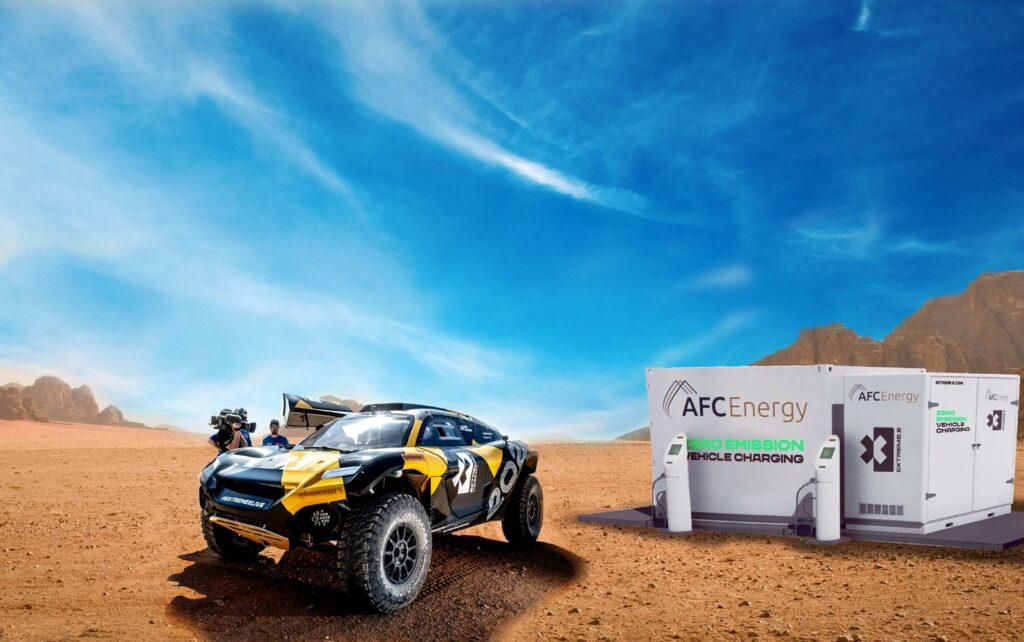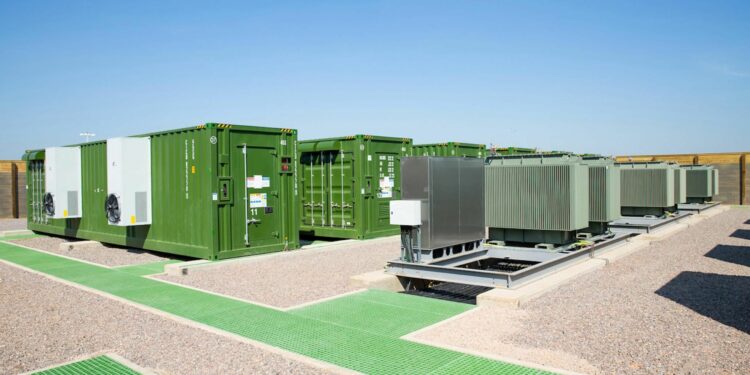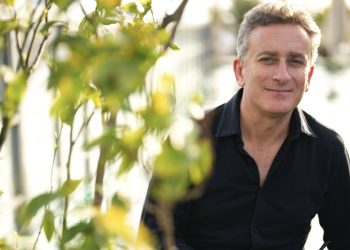Organizing a motorsports race involves a titanic job so that all the details are covered, and this difficulty is further deepened as it is a competition that uses the least amount of non-renewable resources such as Extreme E.
One of the biggest challenges facing the category is charging EVs in remote places where competition takes place like the Saudi Arabian desert, the Lac Rose off the coast of Senegal, and the next stop in Greenland.
However, the organizers of the event have made unprecedented alliances in all areas to present a quality show to motor sport lovers.
Related content: Nico Rosberg about the pressure of being team leader in Extreme E
In that regard, the Extreme E is working with a set of innovative and environmentally conscious suppliers to deliver its X Prix in the toughest conditions, with success so far.
As a series that keeps its carbon footprint as low as possible, it has been looking for alternative ways to charge the all-electric SUV, ODYSSEY 21 that each team uses.
A giant of clean energy
To achieve these goals, Extreme E partnered with Zenobē, a company that works to make clean energy accessible through the use of batteries at grid scale, to overcome the challenges of intermittent renewable energy and thus accelerate the adoption of clean generation.
Steven Meersman, Co-Founder and Director of Zenobē, explained a little more about the company: “We founded the company in 2017 and have since become market leaders in battery storage and electric mobility.”
“We support companies around the world in the electric vehicle sector, offering complete turnkey solutions, including the construction, financing and operation of charging infrastructure, as well as tailor-made vehicle and battery financing solutions for vehicle operators electric,” he added.

Image: Extreme E
On the alliance with Extreme E, Meersman highlighted: “Extreme E presented a unique opportunity for us, and we both have a vision to use electrification to enable a cleaner and greener future.”
He detailed that they presented the idea of powering the paddock with reused batteries. “It made perfect sense to showcase sustainable and responsible consumption, aligned with the goals of the Paris Agreement as we headed towards COP26, as well as Extreme E’s goals of being net zero carbon by the end of Season 1.”
In addition to Zenobē, Power Logistics, a world leader in temporary power, has provided four other solar-powered battery energy storage systems, the category said in a statement.
In the right conditions, solar panels provide enough power for the Command Center, the center of strategic decision-making during races. The other three battery energy storage systems are used to power the TV communication nodes around the field and transmit to the whole world remotely.
Vehicle loading
The major challenge of keeping electric cars charged with clean energy rests with AFC Energy, which uses a hydrogen fuel cell.
“The world’s transition to electric vehicles relies heavily on the electrical grid infrastructure to move electrons from the point of generation to the point of local charge,” explained Adam Bond, CEO of AFC Energy.
Read also: The Extreme E studies scenarios to replace races in Brazil and Argentina
The British company’s zero-emission hydrogen fuel cell generator technology offers a state-of-the-art solution that not only produces clean energy to power the championship ODYSSEY 21s, but can also do so in a variety of the world’s toughest environments world.
All of these innovations provide significant CO2 savings. The combined use of zero-emission car charging and battery storage provides a more than 95 percent decrease in carbon emissions.
The prominent message that the Extreme E wants to leave is that these technologies that provide clean energy off the grid are not limited to sports competitions, but can be used in the rest of the world such as music festivals and events, construction sites, stages of movies and, of course, electric vehicle charging.
Written by I Jhonattan González



















